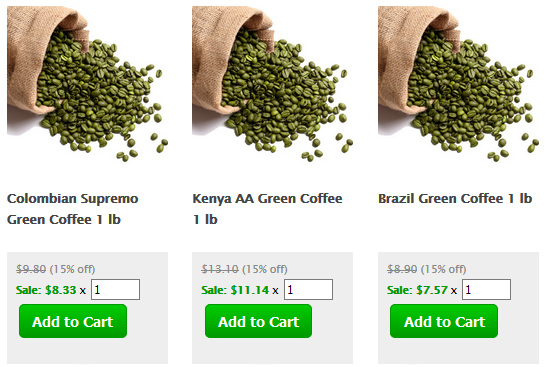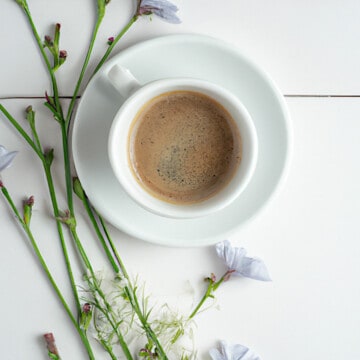Creating a blend of coffee can seem like a daunting task, but there are benefits
Cost Control: The Bulk
Coffees range in price, and using an inexpensive coffee as a base is common among roasters. This typically works out to be a Colombian or a Brazilian coffee, which fall on the less expensive side and add a smoothness to the blend. Both Colombia and Brazil are known for having very smooth flavours that work well into dark roasts, providing that "dark coffee" customers expect without becoming bitter. Aim for about ⅓rd of the coffee content here.
Robusta: The Base
A mark of a good espresso is a good crema, which is where our Robusta comes in. Robusta coffees are known for developing an easy, rich crema and adding them to your blend will help bring that out of shot. Additionally, the lower volume of caffeine in an espresso shot means that caffeine may be lacking, which is another area that Robustas shine, averaging twice the caffeine per weight of Arabica. Fill this in with about ⅓rd.
Single Origin Arabica
This is where you creativity comes in. Choose a single origin that fits the taste profile of your customers. There's no right or wrong answer here as it depends entirely on your market. If you're looking to keep the espresso smooth and have herbal undertones, a Sumatra might be a good choice here. Papua New Guinea has become another popular origin recently. An african coffee will have a bright acidity and more citrusy notes - the Tanzania peaberry is fantastic in a really dark roast, with Kenya and Sidamo providing nice flavours in medium to dark roasts. South American coffees like Guatemala and Costa Rica are well known for rich, well developed flavours that can keep customers coming back.
You'll notice you have ⅓rd of your coffees left here. This is a good place to start for an espresso blend (where regular coffee blends more typically encompass just 2 different origins) and quantities can be adjusted based on your own tastes, as well as customer feedback.
Costing
You cost out your blend with the following formula based on the 1-lb cost of each origin: (Bulk x %-content + Robusta x %-content + Arabica x %-content) = final cost.
In our hypothetical example above: ($6.00 x 33% + $5.88 x 33% + $7.50 x 33%) = $2.00 + $1.96 + $2.50 = $6.46/lb.
Remember that green coffees lose anywhere from 10%-20% of their weight during roasting.
Avoid Organic
Unless your customer base specifically requires organic certified coffees, skip these. They're more expensive, and don't actually provide any health benefits as any trace chemicals are burnt off in the roasting process. Most organically grown coffees will lack a fully developed flavour compared to their non-organic counterparts thanks to a lack of minerals and nutrients that come from fertilizers. It's a "feel good" mark at the end of the day that just increases your costs, making you feel bad.
Buy Gourmet Coffee Beans

- ✔️ Fresh roasted to order
- ✔️ 100% high qualtiy Arabica coffee
- ✔️ Custom grind (or whole bean)
- ✔️ 1-way valve, laminate bag (for freshness)
- ✔️ Bulk discounts



Sarah Cummings
Woow! Thanks for sharing this tips! 🙂